Shielding provides a protective barrier between you and a harmful source of radiation. The need to reduce our exposure to radiation is growing as the levels of saturation in the environment are increasing. Below are some simple strategies to employ at home.
Bridge Mode
Airplane Mode
Shielding Materials
Power Off & Disconnect
EMF Protection Gear
Faraday Cages
Non-Smart Devices
Iodine
Distance
Back to the Basics
Let’s get started…
Bridge Mode
Bridge Mode is a networking configuration that disables a router’s normal routing functions and turns it into a simple pass-through device. This deactivates the wireless signals in the home while a hardwired ethernet connection can be used for internet access. So Bridge Mode turns off the router's Wi-Fi broadcasting and routing functions (NAT, DHCP) which use radio signals to communicate. This can significantly reduce exposure to radiofrequency (RF) radiation.
To enable Bridge Mode, log into your router/modem’s admin page. Configure the Settings to Disable Router Mode which puts the gateway in Bridge Mode (modem only). Connect your computer and other devices to the internet through an ethernet cable.
Airplane Mode
Airplane Mode is a setting that turns off all wireless radios such as the following signal types: cellular (4G/5G), Wi-Fi, Bluetooth, and GPS. Setting your phone, tablet, and laptop devices in Airplane Mode reduces overall electromagnetic exposure such as radiofrequency (RF) radiation. By enabling a hard-wired internet connection, devices can still access the internet even in Airplane Mode. So Bridge Mode and Airplane Mode complement each other towards reducing overall (RF) exposure.
Shielding Materials
To reduce exposure to electromagnetic (EMF or RF) radiation, you can use shielding materials which block signals. Shielding Materials can include aluminum, copper, steel, silver, nickel, and more. These materials can be used in fabric and clothing, in a mesh structure, or other protective barrier.
However, Shielding can reflect signals back into the room if not grounded or applied correctly. Additionally, over-shielding can sometimes worsen exposure if signals bounce around. So always combine with distance and power reduction for the best results.
Power Off & Disconnect
Powering off devices at night or when not in use is a simple strategy to mitigate the effects of radiation exposure. Turning off Wi-Fi at night is sometimes the best route to protect brain-wave activity. Never sleep near running devices. Some devices while powered off still produce emissions if plugged into a power source. So disconnecting devices when not in use is also helpful. If routing multiple devices through one cord such as through a surge protector, you can simply switch the surge protector to the Off position when not in use and disconnect it from the wall outlet.
EMF Protection Gear
EMF Protection Gear refers to clothing, accessories, or devices designed to reduce your exposure to electromagnetic fields (EMFs). Types of apparel can include shirts, hats, hoodies, or underwear lined with shielding materials. EMF blocking phone cases can block (RF) radiation. EMF protection blankets can be worn as a barrier, as well as necklace pendants designed to reflect EMFs. Also EMF protection paint can be used on the walls of the home to guard against harmful exterior signals.
Faraday Cages
A Faraday cage is an enclosure made of conductive material (like metal) that blocks electric fields and electromagnetic radiation like (RF) and (EMF) from entering or escaping. It works by redistributing electrical charges or radiation around the exterior of the cage, effectively canceling out electric fields inside it. When EMF (like Wi-Fi, radio waves, or lightning) hits the outside of a conductive enclosure, the electrons in the material move to cancel out the field inside. The interior space becomes electrically neutral—shielded from most external EMFs.
You can build a Faraday canopy over the bed for restful sleep. You can also use a Faraday container to store gadgets such as laptops, radios, and phones when not in use.
Non-Smart Devices
Alternatives to smartphones include feature phones and landline phones. Feature phones can be used for basic functions like call, text, GPS, and music. But unlike smartphones, they do not contain apps. Alternatives to Smart TVs include basic digital TVs, DVD/Blu-ray players, and Projectors. Other Smart Devices include Smart Home Devices (i.e. Alexa, Google Home), Smart Watches or Fitness Trackers, Smart Laptops or Tablets, Smart Appliances, Smart Bluetooth Headphones, Smart Toys or Baby Monitors, and Smart Gaming Consoles. Try to find alternatives for each of these Smart Devices.
Iodine
Iodine is used against radiation specifically to protect the thyroid gland from absorbing radioactive iodine-131 (I-131) during a nuclear emergency—such as a reactor meltdown, atomic bomb, or radioactive fallout. The form used is potassium iodide (KI), a stable (non-radioactive) iodine compound. It can be taken as a tablet or liquid.
Some folks use iodine in a broader sense to mitigate the effects of overall radiation exposure.
Distance
Distance yourself and limit exposure to harmful sources of radiation. Identify hotspots in the home that produce emissions. Check your walls, floors, outlets, closets, furniture, bathrooms, gadgets, appliances, electrical wiring, furnaces, and more. Wherever you rest your head at night, make sure it is as radiation free as possible. When using a laptop or watching television, be sure to maintain a safe distance. Use a separate keyboard to avoid touching the laptop while typing. Extend the mouse chord to sit back further away from the screen. You may come to find out that your house, apartment, or other dwelling space is a “Radiation Nightmare.” In that case, spend as much time outdoors as possible, such as on a deck, porch, balcony, or backyard, even for activities like surfing the internet.
Back to the Basics
Always ask yourself, do we need to be plugged-in? If so, how often? Do we really need all of this modern infrastructure? Or can we go back to the basics, living off the land or living off-grid?
If you weren’t surfing the web, what would you be doing?
Living.
If you weren’t couped up inside with electronics, what would you be doing?
Adventuring.
So the best mitigation strategy is in how we choose to live - whether in inundated cities or as close to nature’s beauty as possible. Best to invest in a multi-spectrum EMF detector to measure the difference in before- and after- mitigation effects when trying out these strategies.
Thanks for reading!
Going Yonder!
Sara





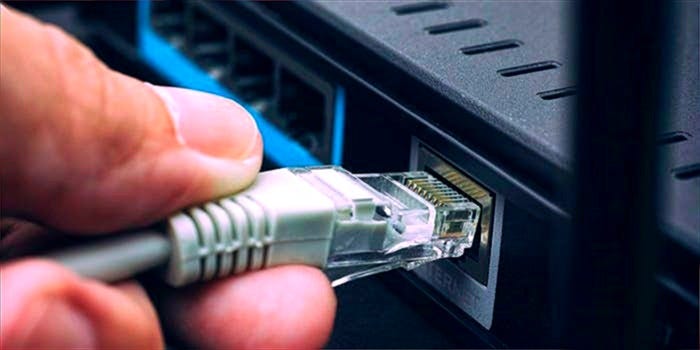

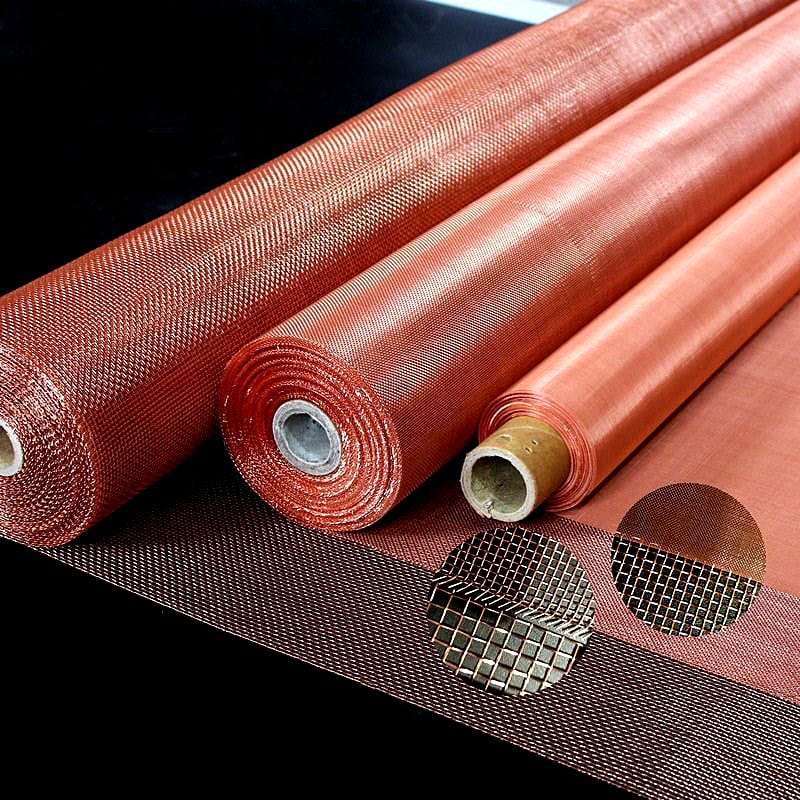
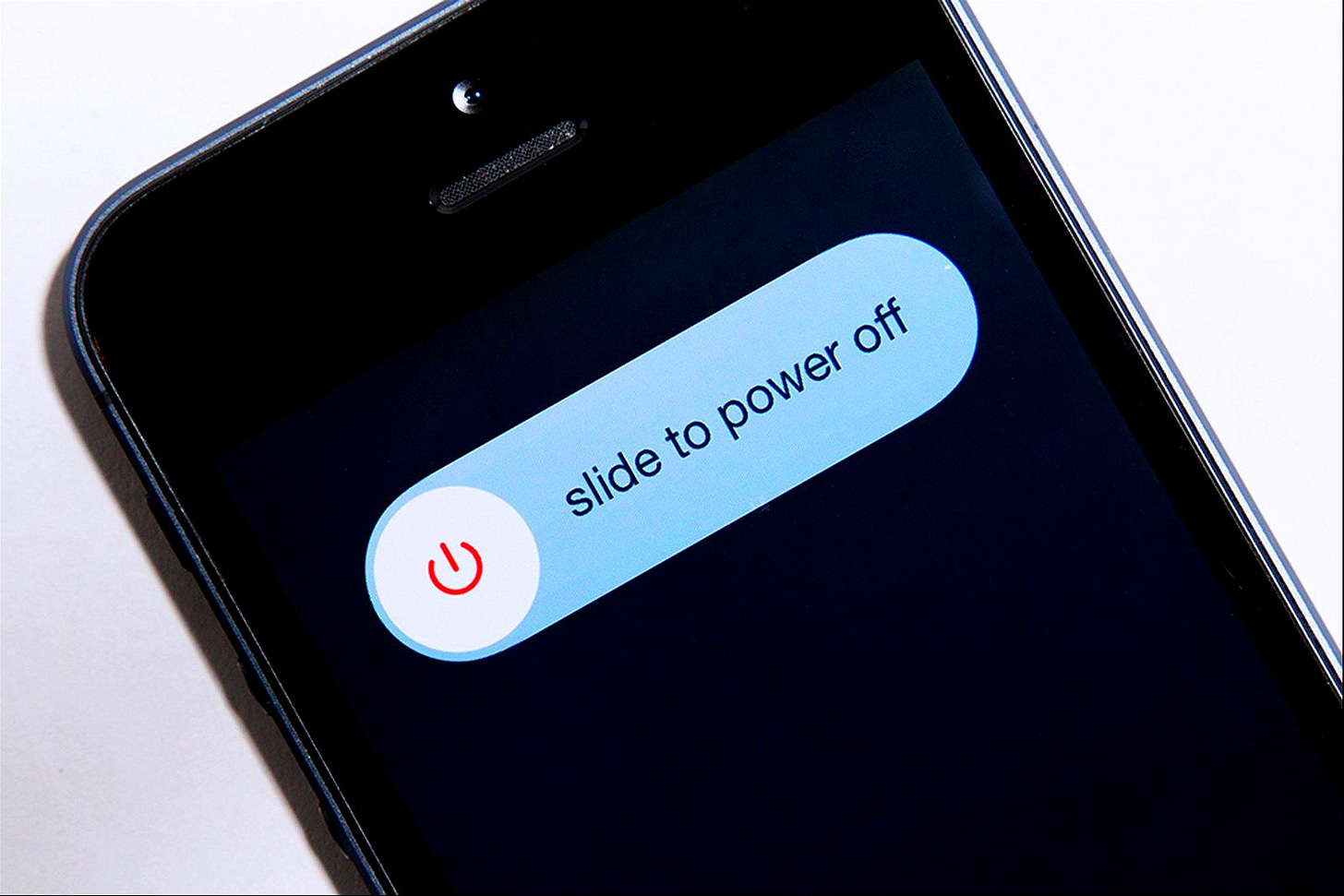
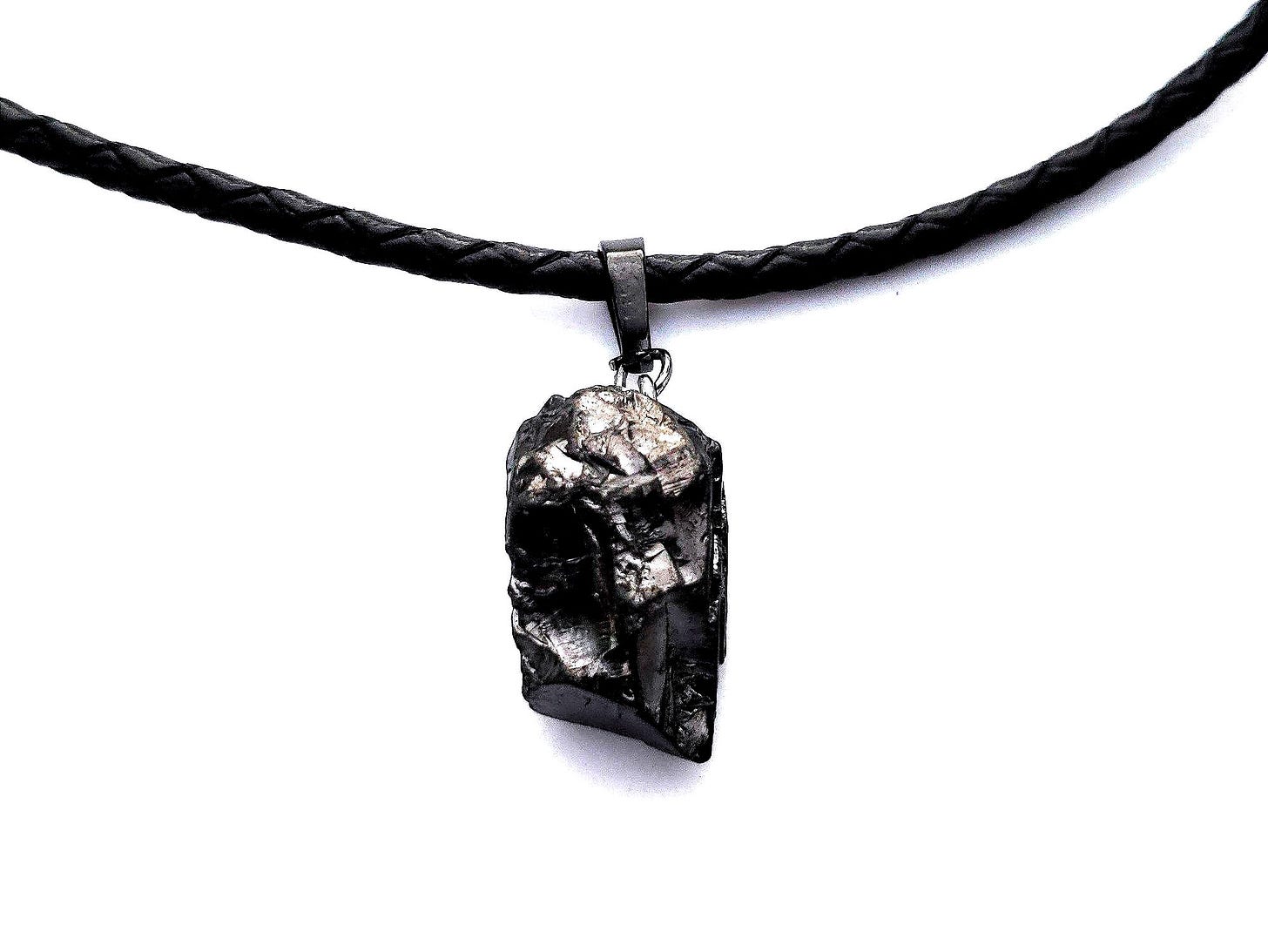
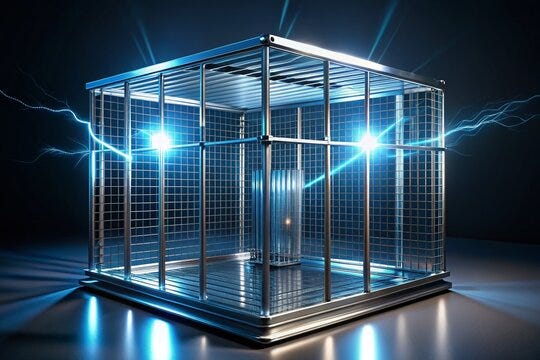
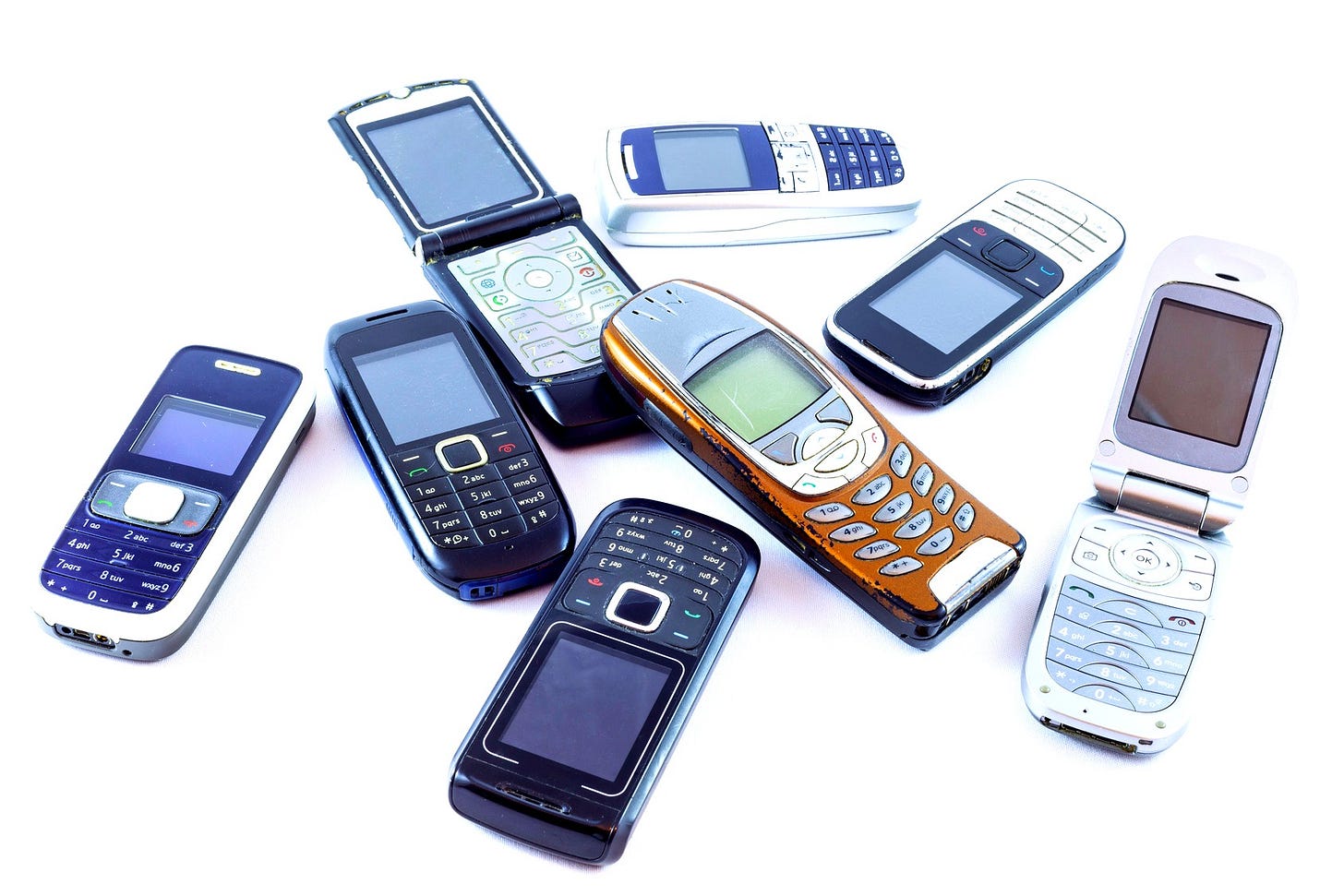



Thank you for the information. We definitely should get this kind of stuff figured out while we can still access the information. Things are being scrubbed and rewritten on a daily now. A friend shared a link earlier to a YT channel called the Blaustein Foundation and I thought I’d pass it along. It’s a quirky AI channel based on a think tank approach that makes some bold predictions. It’s almost like AI is using it to tell us what they have planned. Blessings.
https://youtu.be/cCEkuoQhuMM?si=FJka8z76JyG5nKeT
Sara gratidao por todos esses conhecimentos que Deus continue te iluminando. Eu moro em apto, mesmo fazendo tudo isso recebo radiaçao dos vizinhos neh. o jeito eh morar na roça